The Ochre Pits, located about 110 kilometres west of Alice Springs in Australia’s Northern Territory, offer a fascinating glimpse into the traditional uses of ochre by the Western Arrernte people. These natural clay pits have been a significant site for thousands of years, providing essential materials for Indigenous ceremonies, art, and in day to day activities.
In traditional Western Arrernte society, ochre was used almost daily. The colourful mineral pigments found at the Ochre Pits range from white to yellow and deep red, each holding its own significance. White and yellow ochre were primarily used for decoration or cosmetics, often mixed with water or animal fat from goanna, possum or emu to create a paste. This mixture was then smeared on the body using a finger or feather, serving both practical and ceremonial purposes.
Red ochre remains the most symbolic and often feared ochre in Western Arrernte culture. It is still used for all major ceremonies, with adolescent boys painted in red ochre, preferably using an eagle feather, as part of their initiation rites. The responsibility of digging ochre from these pits traditionally fell to men, who also ensured women had sufficient supplies for their own ceremonies.
Beyond its decorative uses, ochre played a crucial role in medicine. Mixed with fat or grease, it was applied directly to affected areas to heal various ailments. Ochre and eucalyptus leaves were rolled together and used as a remedy for head and chest colds. Red ochre, mixed with fat and rubbed into aching muscles, provided relief from pain.
Interestingly, the preparation of ochre-based medicine was accompanied by singing, a custom known as wulya (pronounced woolya) by the Western Arrernte. This practice was believed to enhance the healing powers of the medicine.
Ochre also served practical purposes in daily life. It was used to preserve food, with berries and other plant foods sometimes pulped and packed inside a ball of ochre before being buried as emergency rations. Domestic and hunting implements coated in ochre gained protection against termites, extending their usefulness.
Today, the Ochre Pits stand as a testament to the ingenuity and rich cultural heritage of the Western Arrernte people. Visitors to the site can observe the striking colours of the exposed ochre seams and learn about the ongoing significance of this natural resource to Indigenous Australians.


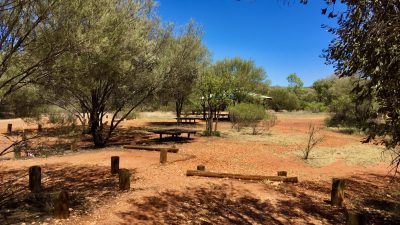
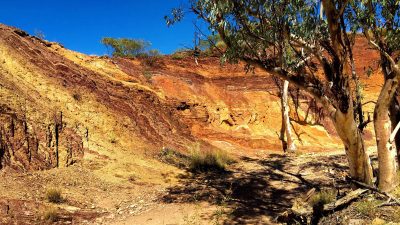
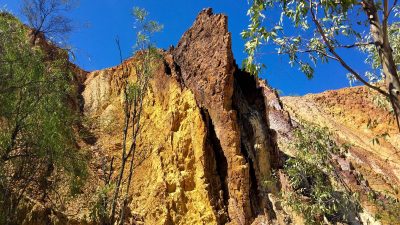
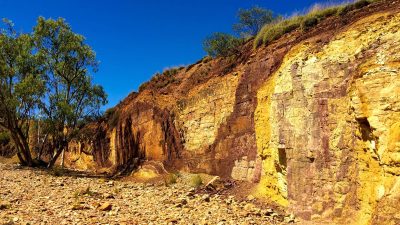

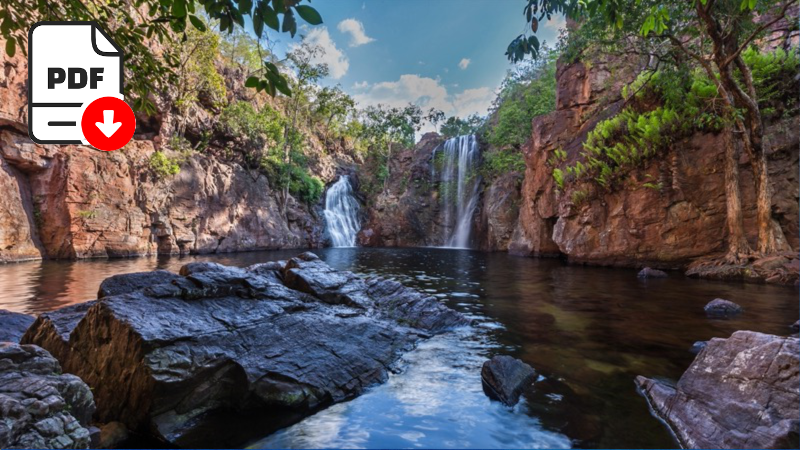


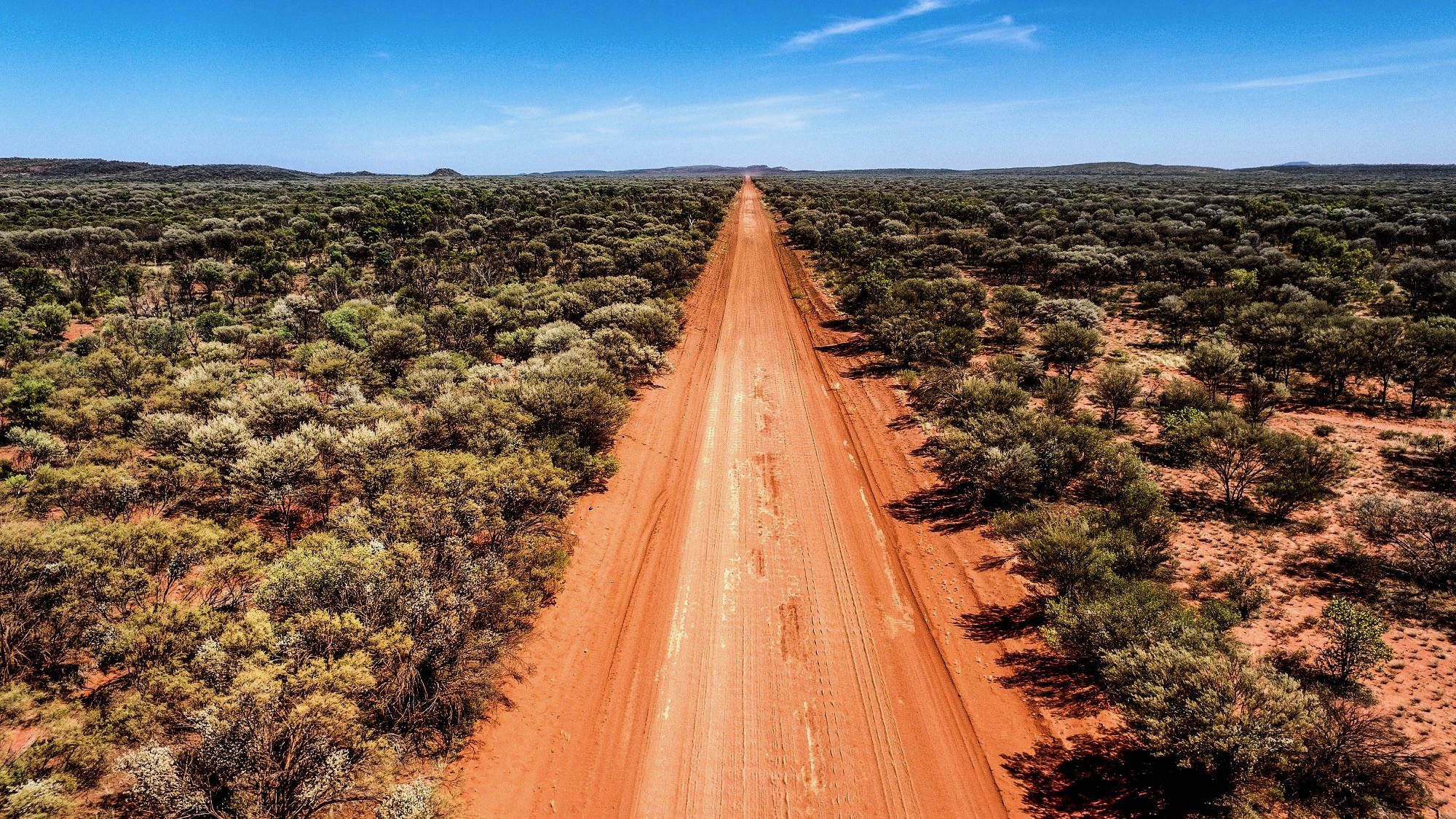
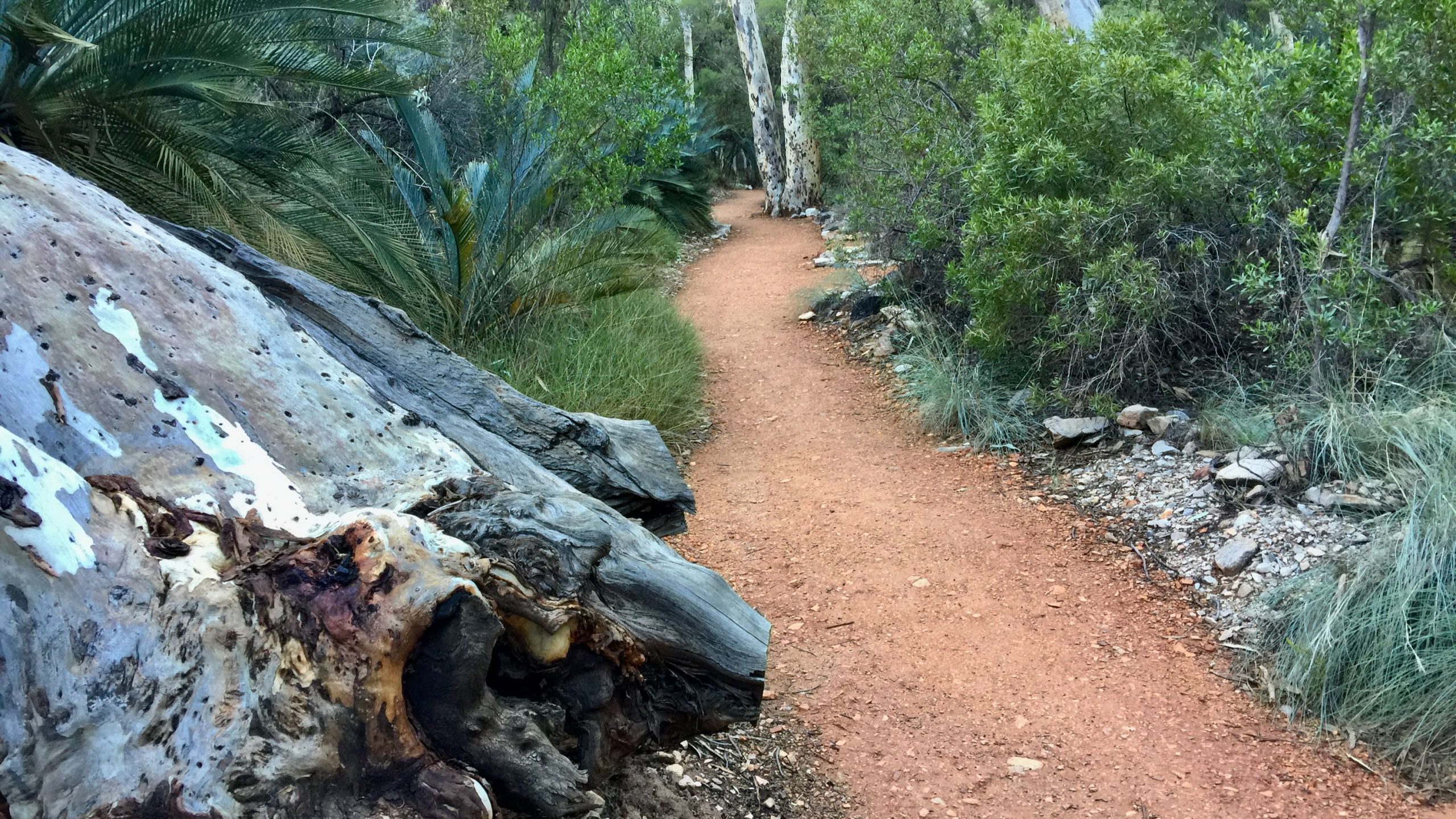
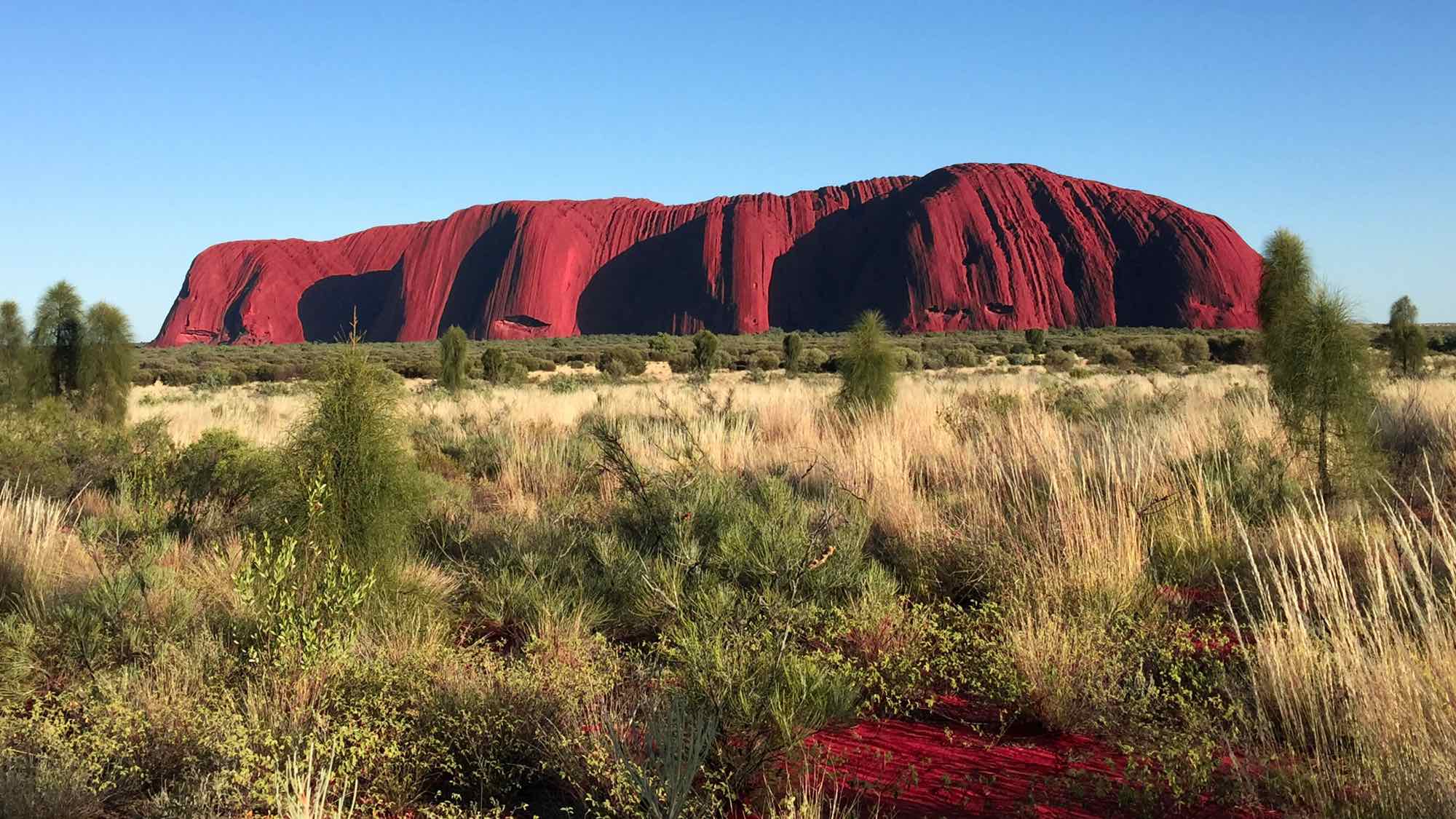
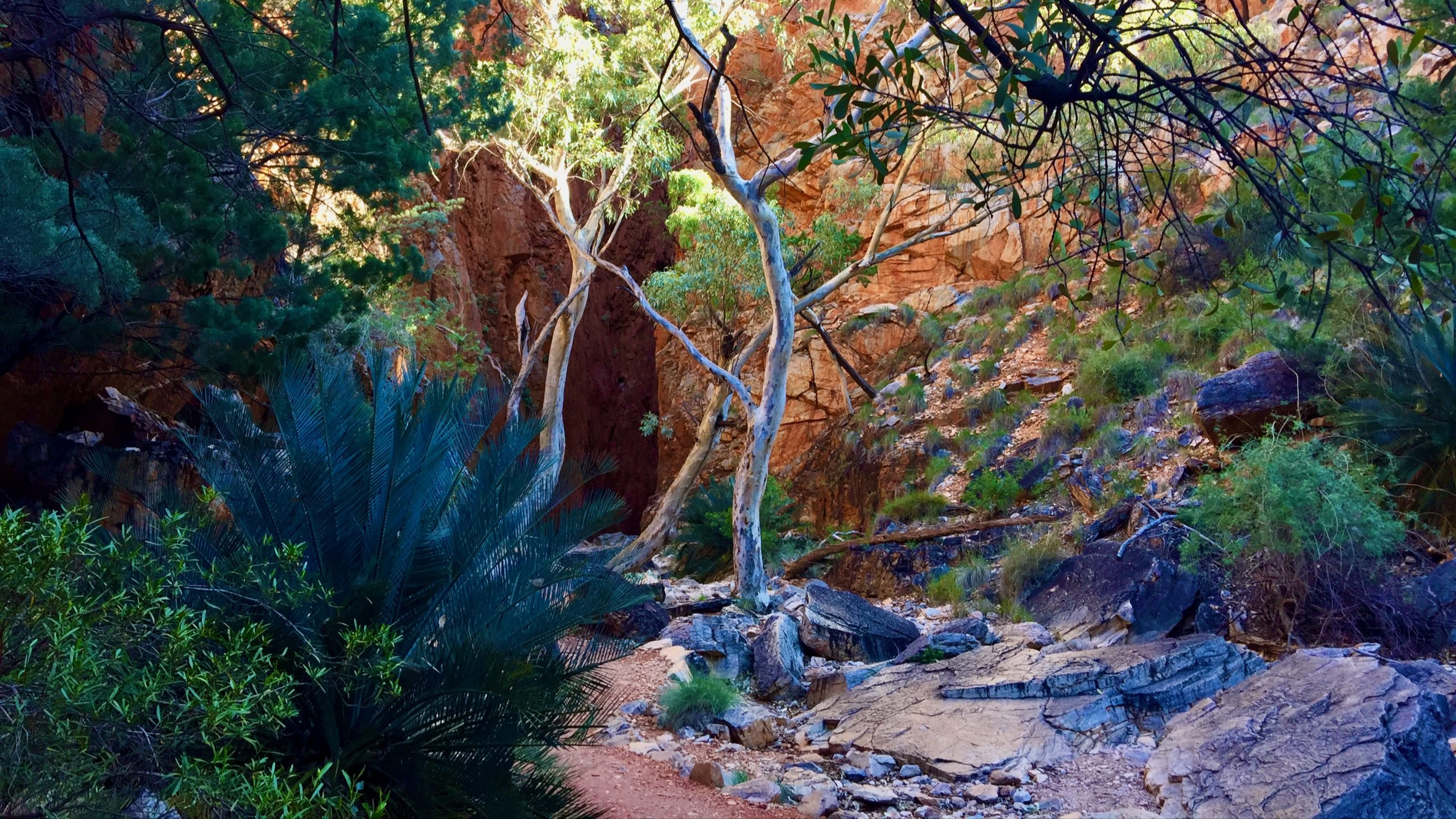
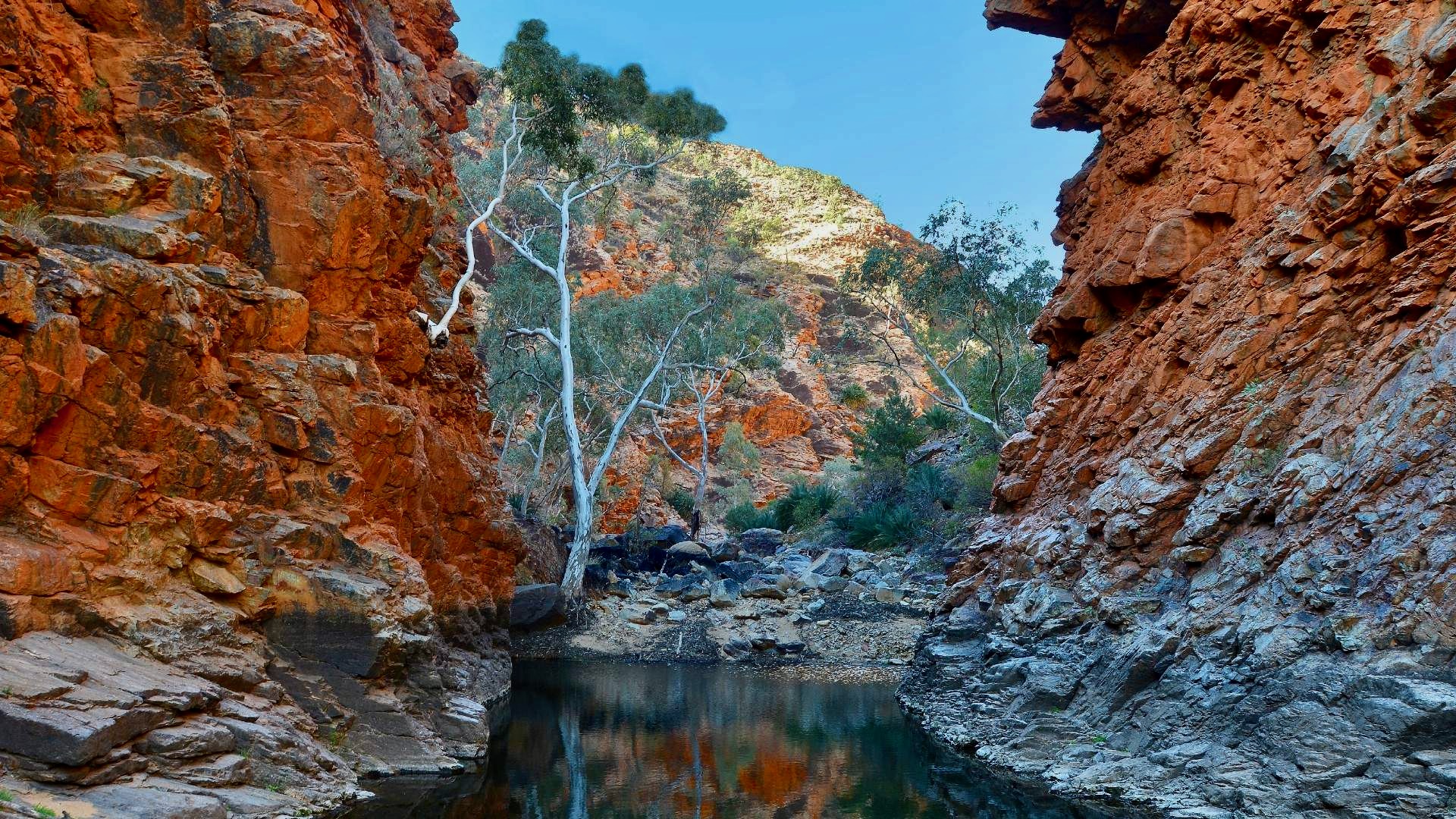

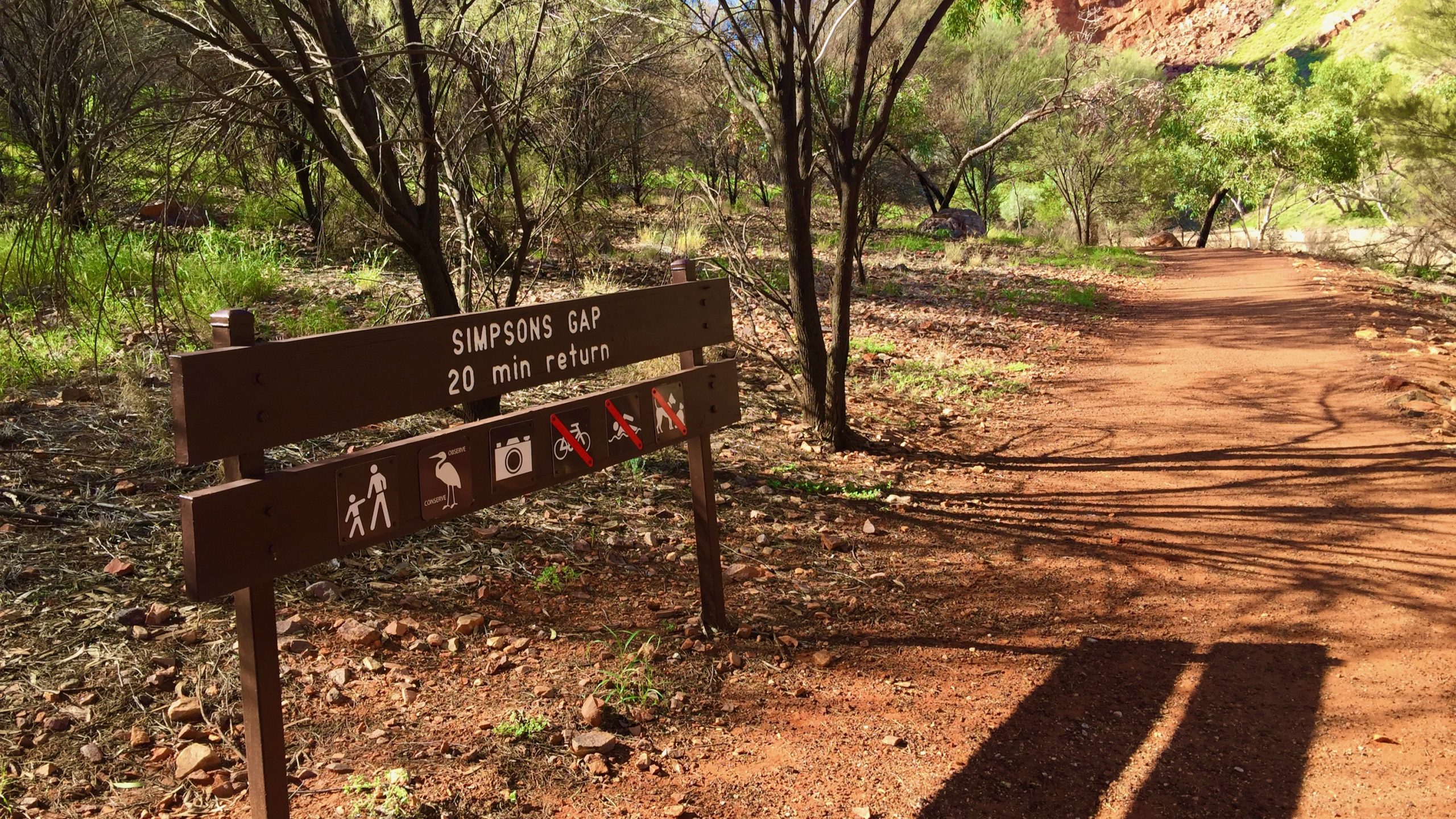

Leave A Comment